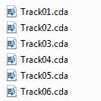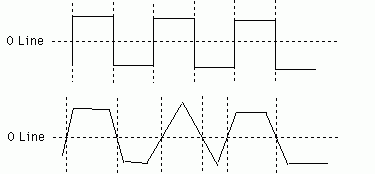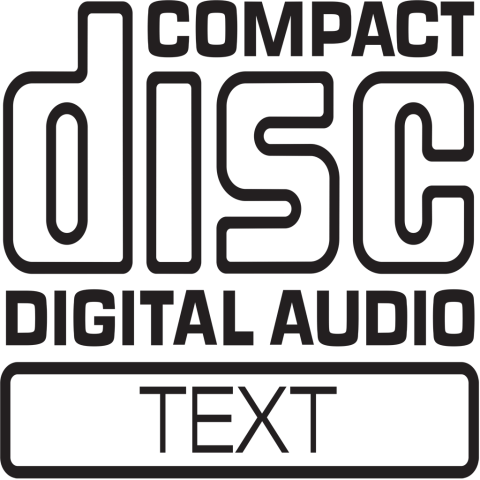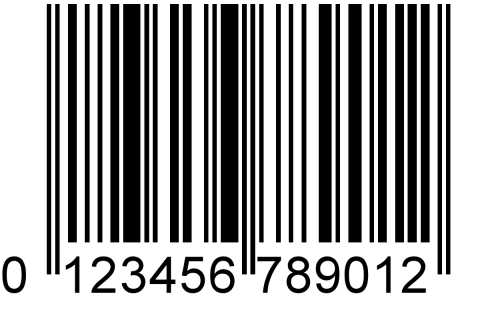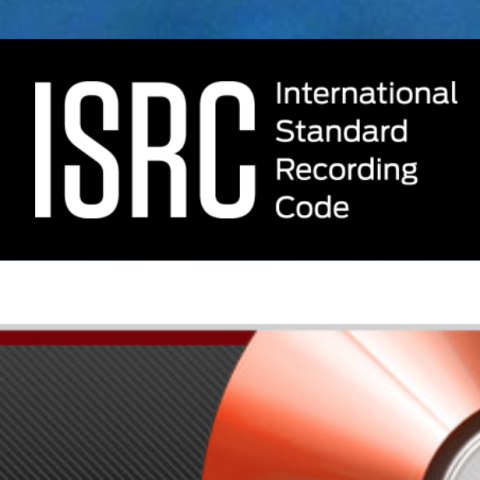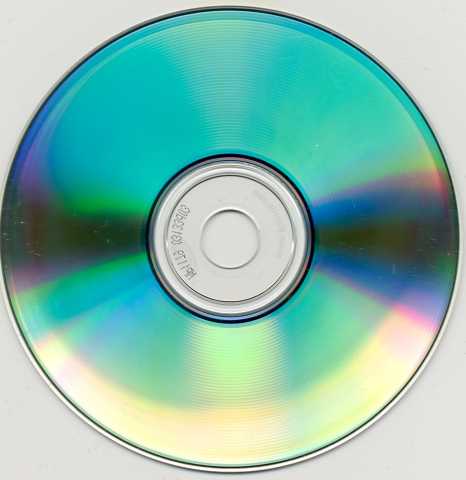Often a source of confusion is the .cda file. On a windows computer, when you insert a RedBook Audio CD, the tracks show up as .cda files. One might assume that these are the audio files on the disc because they are the only items that show up in the explorer window. . . that would be wrong. The .cda files are merely placeholders pointing to a place on the CD that the song starts. Think of them as what windows calls a 'shortcut'.
This section is a list of common mastering (and general audio) terms and definitions for them. I try to be as simple and accurate in my explanations so my typical (non-technical) client is able to understand them.
